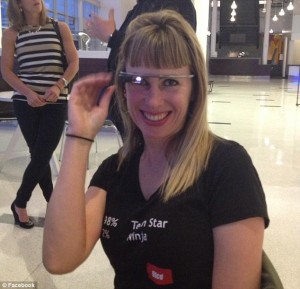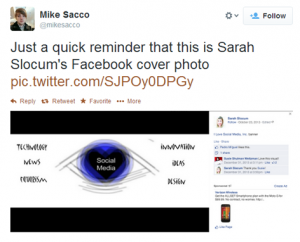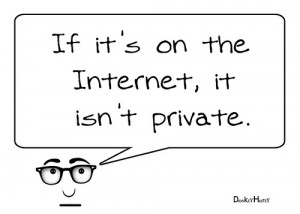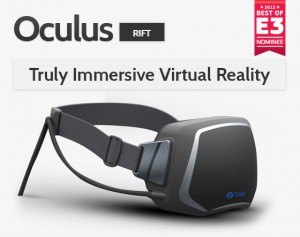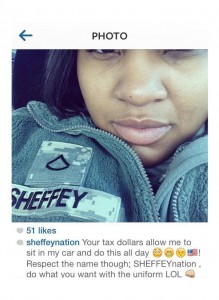So for the past semester my group and I have been creating a network of experts on how to use social media for successfully branding a company or organization. And although it sounds like a lot of work, it was actually pretty simple considering the amount of resources I had for this Public Relations assignment: Twitter, Diigo, and Bloglines.
- Twitter is a micro-blogging site (and if you haven’t heard of it you probably have been living under a rock, so there’s that)
- Diigo is a (used-to-be-popular) social bookmarking site.
- And Bloglines is a site that will sync the blogs you follow all in one place.
As you can tell, I have different opinions on how effective each one was in helping me for this project. The assignment was to work alongside with an actual organization, and find ways to improve their social media presence. Fortunately for me, the organization we were able to work with was Ten Thousand Villages, the Austin location. They are a non-profit and help “create opportunities for artisans in developing countries to earn income by bringing their products and stories to our markets through long-term fair trading relationships,” (from their About Us section online).

Sooo naturally they were a group you would actually want to help in gaining a larger following.
And this brings me back to my network of expertise, which gave me the guidance I needed.
Twitter was the favorite. Diigo was okay. And the blog network wasn’t worth it.
Of course I must admit bias because I was already a fan and user of Twitter since 2013. Or 2012, I can’t remember but it was a long time. But in all honesty, Twitter just triumphs over the other two significantly; it’s a micro-blogging site which made it easy to get to the point and put a face to the experts in the field. I liked the fact that it was so easy to get a response from my experts, and to do so in such a casual way. (P.S. if you are reading this and are a super qualified social media person, feel free to follow)
Diigo, on the other hand, I had trouble using and it wasn’t because the site was useless… but rather because it just wasn’t very appealing to look at (yes, I am that kind of person when it comes to websites). But hey, there was a good lesson I learned from the social bookmarking strategy: it is great! It effortlessly compiles together issues you were looking for in the first place, and if you want to keep up with something specific you can follow a feed tagged with that topic. And word of advice? Use Pinterest instead, it’s prettier, has just as many links, and more popular than Diigo.
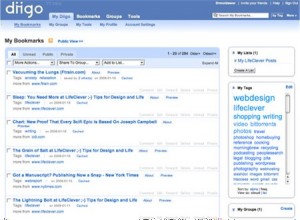
As for Bloglines, it was inconvenient and cluttered (so it doesn’t deserve a whole paragraph).
So what will I use these tactics for in the future? I mean at least Twitter and social bookmarking?
I could see myself heading over to these sites when the dreaded task of Capstone comes around. Since I already know that long paper is going to be a headache, it makes me feel better that I’m going to have some experts already lined up with information and articles I can use. AND if I want to think ahead even further in the future, after I graduate, I may have to do some Communication research for my job (lol whenever I get one, I hear times are tough).
So to sum it all up, my Personal Learning Network was a successful one. I learned many new strategies that came out in our workshop for the Ten Thousand Villages intern. And consequently, it’s something that could be of use in Public Relations for any company! Yay PLN
P.P.S. Follow Ten Thosand Villages on Facebook and Twitter, it’s for a good cause!

